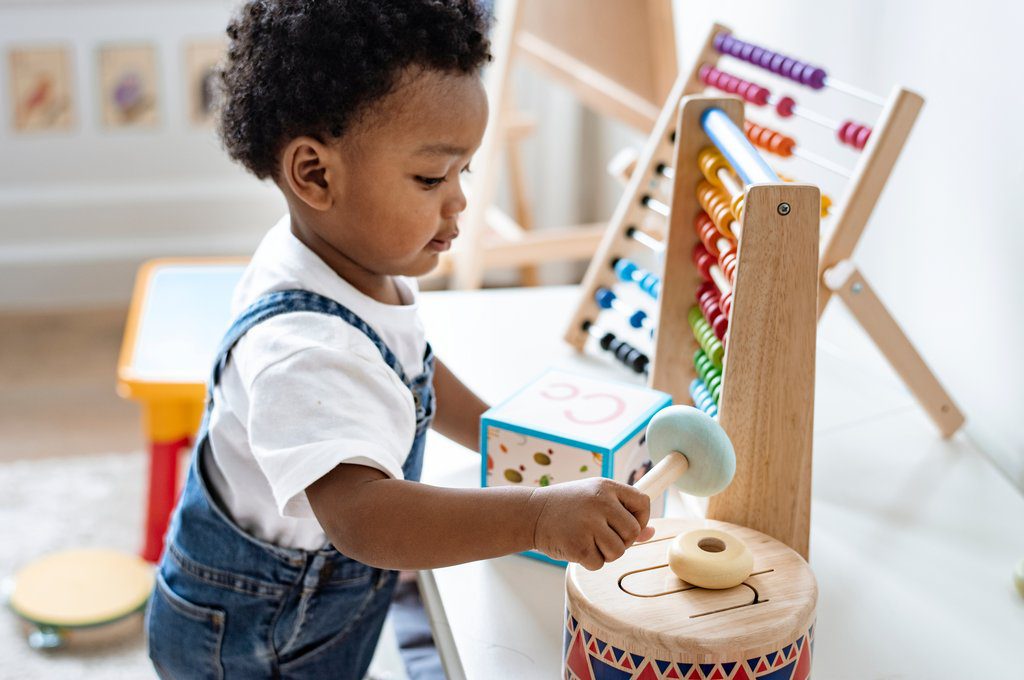How to Bring Diversity in the Classroom and it’s importance
In an increasingly fragmented society, the ability to connect with peers, coworkers and neighbors with diverse backgrounds and abilities is invaluable.
Diversity improves critical-thinking skills, builds empathy and encourages students to think differently.
Most people would say it’s to learn the three R’s: reading, writing and ‘rithmetic.
But a school culture that promotes diversity in the classroom teaches students something that’s more important: how to live and work in a society where every individual is unique.
Understanding Diversity
Diversity encompasses the many differences present in human beings. It is a term that may hold different meanings for different people, and one which has numerous applications.
In today’s schools, many different elements of diversity present themselves. These include race, socio-economic status, gender, ethnicity, religious beliefs, etc.
In order to ensure that each student in the classroom is gaining the maximum benefit, teachers have to understand and treat each student as a unique individual. Doing so is the first step in fostering diversity in the classroom.
Why is diversity in the classroom important?
Each student in a classroom brings something new and distinct to the table, including world views, backgrounds, experiences, cultural contexts, preferences, dislikes, personalities, etc.
Making sure each student feels like they belong in the classroom is essential in order to maximize the effectiveness of the learning process. If a student doesn’t feel like they belong, or that they aren’t valued for who they are, they’re less likely to have any interest in being involved in the class. Teachers will notice decreased participation, low self-esteem, short attention spans, and general feelings of detachment from students who are struggling to feel included.
Teachers can’t afford to treat every student in the class the same. Uniform standards don’t apply when there is necessarily a lot of diversity in the classroom. Therefore teachers should really think about how to make the classroom as inclusive as possible.
How to Bring Diversity into Classroom Settings
Since diversity is something that needs to be fostered in the classroom, here are a few tips that teachers should keep in mind:
1. Understand your students
One of the best ways to foster an inclusive environment in the classroom is by understanding each individual student. Take the time to understand the strengths, weaknesses, personality traits, and learning styles of the students in your classroom.
As a teacher, this level of engagement with the students shows that you have a vested interest in their success. Always remember that all students learn differently, so by taking the time to understand each student, you’ll also make the teaching process easier on you.
2. Incorporate different teaching styles
As mentioned, each student learns in different ways. Some students may be more visual than others, while some students may be more hands-on in terms of learning. By incorporating different teaching styles to accommodate different ways of learning, not only do you ensure that each student is learning the material effectively, you also broaden students’ abilities.
If students who typically learn better in one specific way are constantly exposed to a variety of different learning methods they may become inclined to try different approaches to learning. This will help them to push their limits and really step outside of their comfort zones.
3. Equal Access to Opportunities
Make sure each student has an equal chance to participate and contribute to what’s going on in the classroom. If you notice that some students aren’t contributing as much as others, it’s best to find a way to get them more involved.
It might be helpful to introduce activities, lesson plans, and projects which mandate everyone’s participation.
Read Also: Factors That Affect Equality of Educational Opportunity
4. Celebrate diversity
Diversity is something which should be talked about and celebrated. The easiest way to bring diversity into the classroom is by recognizing it and encouraging students to celebrate it.
In one classroom alone there is a tremendous amount of diversity present. Take the opportunity to allow students to share their diversity with their peers. This allows others to benefit from the experiences that they otherwise never have known or heard of.
5. Encourage Differing Perspectives
In the classroom, there will be ample opportunities for students to come together to solve problems. Another great way to bring diversity into the classroom is to encourage students to come up with different ways to solve the problems that they are faced with. Encouraging different ways to solve problems allows students to come together and collectively contribute a variety of solutions.
This practice also teaches students the invaluable lesson that there is often no one correct way to do things. If students are encouraged to contribute different solutions to a problem, not only will participation increase in the whole class, but students will also feel as if their input is valuable. They’ll then be encouraged to challenge themselves to come up with solutions.
6. Include diverse learning materials
Wherever it is possible, teachers should try to include teaching material which represents the rich diversity of the world. For instance, include material which represents multiple viewpoints and perspectives. Think critically about material which touches upon things like nationality, race, political views, backgrounds, different languages, abilities, personalities, sexuality, age, current affairs, socio-economic matters, etc.
Including diverse learning material is a sure shot way to bring diversity into the four walls of a classroom. In a short space of time you can expose students to an unimaginable variety of different things.
Fostering diversity is incredibly important, and one of the best places to begin doing that is the classroom. There are numerous ways to bring greater variety into the classroom; teachers must take the initiative to take every step to bring diversity into the classroom.
How do you think diversity can be brought into the classroom?
Everyone has different opinions on how more diversity can be brought into the classroom. To get an idea of what different people’s opinions were, we asked them their thoughts on the matter.
Here’s what they had to say:
JF Garrard – jfgarrard.com
Make things fun and focus on commonality (people are still people) – for example, children can bring in pictures of foods from different cultures and discuss how they are eaten. Or perhaps celebrating cultural holidays and learning about their significance.
Karin Tobiason
Offering an abundance of arts into the classroom brings diversity. There is so much beauty in the expression of every child in that seeing, hearing, experiencing, sharing as creators flattens and uplifts the playing field while allowing children to learn and admire one another for their differences and in their human sameness.



